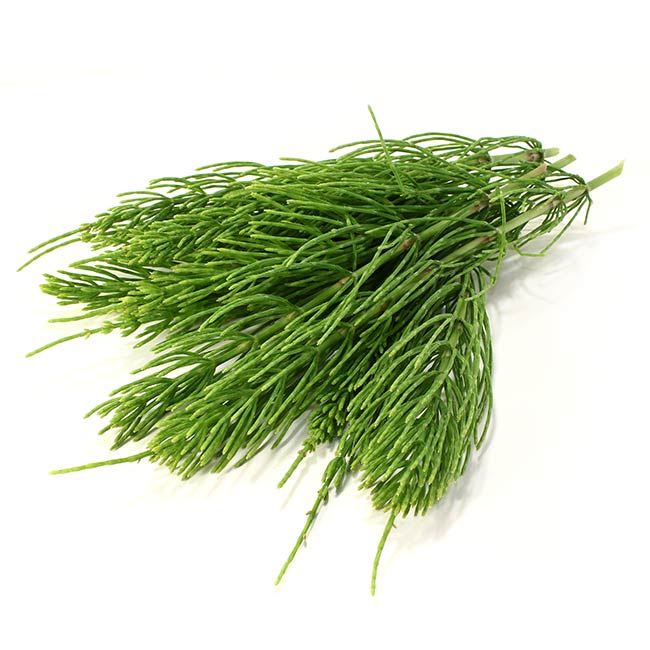Common Horsetail

Equisetum arvense
Field horsetail, bottlebrush, foxtail, meadowpine, shavegrass, snake grass
Throughout the northern hemisphere and in parts of South Africa, Australia and New Zealand.
The plant measures approximately 30 to 40 centimetres and is preferably found in moist and loamy soils and meadows. Its green shoots are abundantly branched, which gives them the appearance of small pine trees.
The common horsetail is one of the oldest plants in history. 350 million years ago it covered huge forests along with ferns. Already during the antiquity, it was well appreciated as a natural source of silica in the field of medicine. Dioskurides, the most famous Greek pharmacologist of the antiquity, praised its ability to stop bleeding, and Sebastian Kneipp used it to heal wounds and treat rheumatism and gout.
Due to its high silica content, the extract from the common horsetail is also used in cosmetics. It strengthens the connective tissue, promotes circulation and metabolism, boosts the immune system and also has a decongestive effect.
